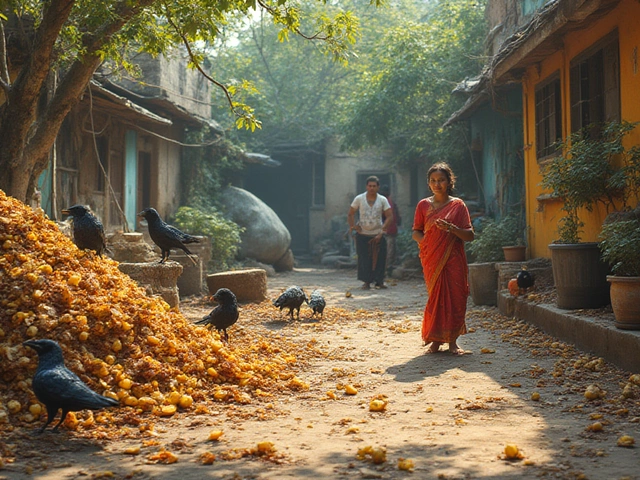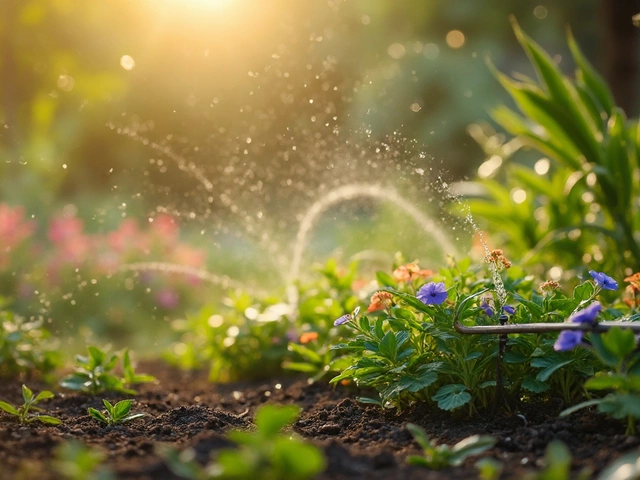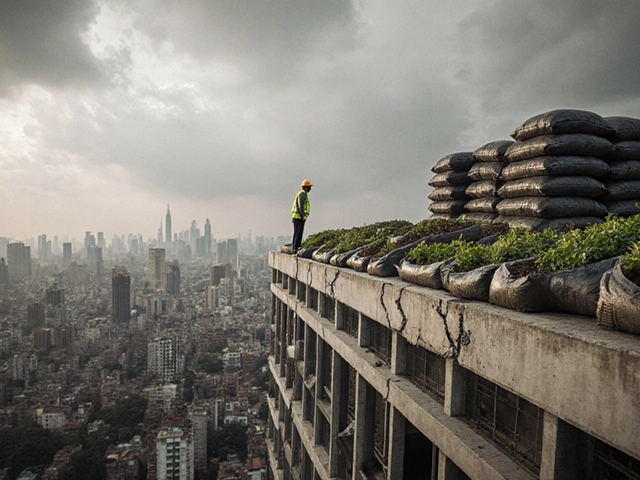Roof Terrace Gardening Made Simple
Got a flat roof or a raised terrace? You can turn it into a leafy oasis without hiring a landscaper. All you need are the right plants, containers, and a bit of know‑how. Let’s walk through the basics so you can start growing right away.
Pick the Right Plants for Sun and Wind
Rooftops get a lot of sun and can be breezy, so choose hardy varieties that love the heat and can stand a gust. Succulents, herbs like rosemary and thyme, and dwarf varieties of tomatoes do well. For a splash of colour, try petunias, marigolds, or zinnias. If you have shade in part of the terrace, ferns and begonias are good options.
Container and Soil Secrets
Use lightweight containers – plastic, resin, or fabric grow bags – to avoid overloading the roof. Make sure they have drainage holes; water sitting at the bottom kills roots. A good mix is one part garden soil, one part compost, and one part coarse sand or perlite. This combo drains fast, stays light, and feeds plants with nutrients.
Before you fill the pot, place a layer of small stones or broken pottery at the bottom. It protects the container and improves drainage. Then add the soil mix, plant, and water gently until the soil is evenly moist.
Watering Without Wasting
Rooftops heat up, so soil can dry quickly. Check the moisture daily by sticking a finger an inch deep – if it feels dry, water. A drip irrigation line or a simple soaker hose attached to a timer works wonders. It gives plants a steady supply without over‑watering and saves you trips to the tap.
If you prefer manual watering, use a watering can with a narrow spout. Water the base of each plant, not the leaves, to avoid fungal problems. Early morning is best; the sun dries the leaves quickly, reducing disease risk.
Protect Your Roof and Plants
Lay a waterproof membrane or a few layers of tarpaulin under the containers. It stops water from seeping into the roof structure. Also, consider windbreaks – a lattice, a bamboo screen, or even a row of taller pots can shield delicate plants.
Fertilize once a month with a balanced liquid fertilizer. Follow the label – too much can burn roots, and excess nutrients can leach into the rainwater.
Seasonal Care and Harvest
In summer, watch for heat stress. Move pots to a shaded spot or add a light cloth to diffuse sunlight. In monsoon season, ensure drainage stays clear; clogged holes can cause waterlogging and roof damage.
Harvest herbs regularly to keep them bushy. Pinch back flowers on tomatoes and chillies to encourage more fruit. With a little attention, you’ll get fresh produce right on your roof.
So, whether you have a small terrace or a large flat roof, you can create a green space that looks great and feeds you. Start small, learn what works for your climate, and expand as you gain confidence. Your roof terrace can become the garden you always wanted – just a few steps away.
Does a Roof Terrace Add Value? Real-Life Perks & Smart Tips
Is adding a roof terrace a smart move for boosting your home's value? This article digs into the facts about roof terraces and their real impact on property value. Learn from hands-on gardening tips, get the numbers on home upgrades, and find out what buyers are actually looking for. See how a roof terrace can change the way you enjoy your home—plus little-known details about costs, payoffs, and legal stuff. Turn your empty roof into a space everyone wants.
About
Terrace Gardening
Latest Posts


Dripper vs. Emitter: What's the Difference in Drip Irrigation?
By Alden Thorne Mar 26, 2025

The Hidden Drawbacks of Rooftop Farming
By Alden Thorne Sep 30, 2025

Can I Just Put Perlite on Top of Soil? Here's What You Need to Know
By Alden Thorne Mar 11, 2025

